- Joined
- May 2, 2021
- Messages
- 330
Gents,
Newcomer tying to get up to speed on CNC BP or BP clone conversions.
Went to look at a Bridgeport today - not yet listed for sale.
Surprised to find it was converted to CNC already.
He is the original owner.
Showed me the receipt from 1973(ish) for $6500 all in including vice.
It's a job shop and he is retiring.
Very little use now.
Set up uses a 486 computer (that is not a typo) and an ancient cable (R something) from the computer to the machine.
The computer is on last legs - perhaps a better description might be last knees at this point.
He ran what ever program was last used. X/Y/&Z axis all hummed and spun and it moved back to .005 of the zeroed out origin point (to my surprise!), at least once.
Pics of the conversion below.
Questions:
- If I want CNC - would it be a better value to just convert a machine with new system myself?
- Is there a scenario worth considering where perhaps some but not all of the components on this machine should be replaced/upgraded? Why the 486 computer?
- On a newer clone, that has powered x/y/z axis - is that feed system good enough to convert to CNC - or do you need to put new CNC specific servos on to operate properly?
Few pics below of the Bridgeport. The last image is of a clone I'm looking at that has all three axis powered.
Thanks for taking the time to read.
Anything that could help get me educated much appreciated.
-CM
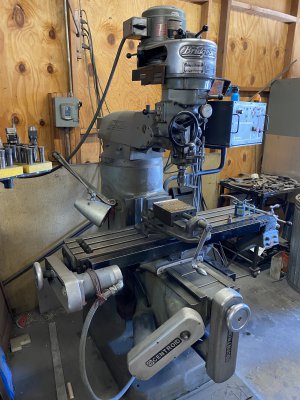
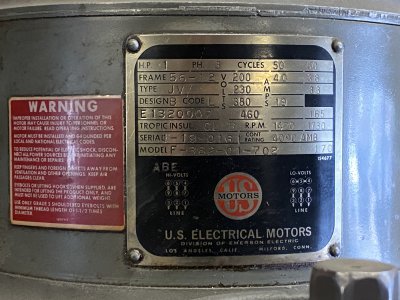
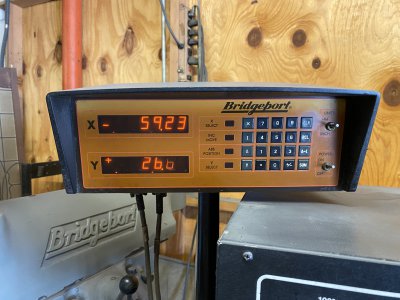
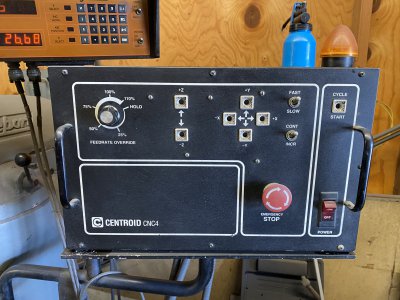
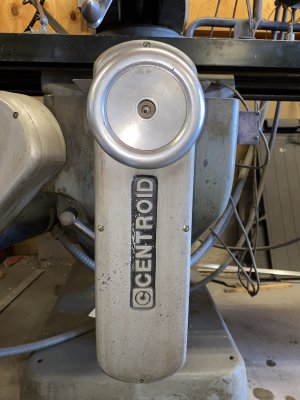
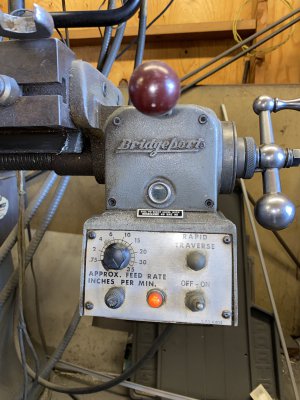
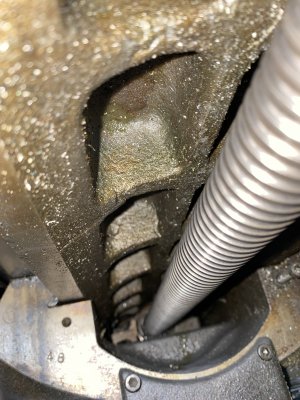
Newcomer tying to get up to speed on CNC BP or BP clone conversions.
Went to look at a Bridgeport today - not yet listed for sale.
Surprised to find it was converted to CNC already.
He is the original owner.
Showed me the receipt from 1973(ish) for $6500 all in including vice.
It's a job shop and he is retiring.
Very little use now.
Set up uses a 486 computer (that is not a typo) and an ancient cable (R something) from the computer to the machine.
The computer is on last legs - perhaps a better description might be last knees at this point.
He ran what ever program was last used. X/Y/&Z axis all hummed and spun and it moved back to .005 of the zeroed out origin point (to my surprise!), at least once.
Pics of the conversion below.
Questions:
- If I want CNC - would it be a better value to just convert a machine with new system myself?
- Is there a scenario worth considering where perhaps some but not all of the components on this machine should be replaced/upgraded? Why the 486 computer?
- On a newer clone, that has powered x/y/z axis - is that feed system good enough to convert to CNC - or do you need to put new CNC specific servos on to operate properly?
Few pics below of the Bridgeport. The last image is of a clone I'm looking at that has all three axis powered.
Thanks for taking the time to read.
Anything that could help get me educated much appreciated.
-CM








